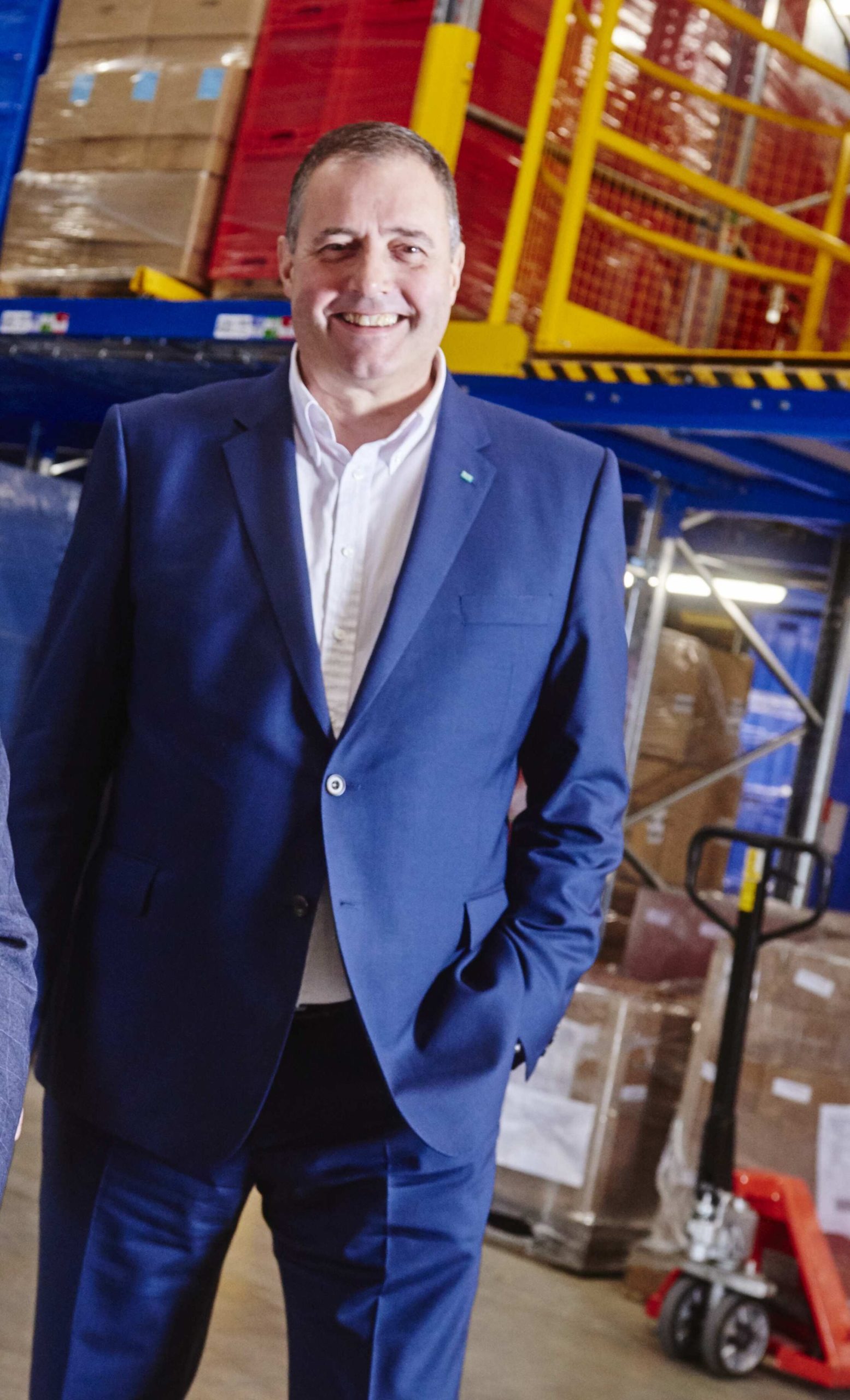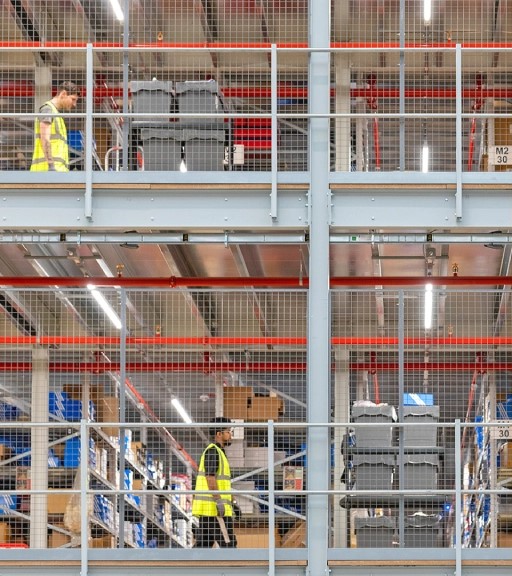Gessmann, a provider of automation solutions, is showcasing advanced systems for the intelligent deployment of AMRs (Autonomous Mobile Robots) and cobots at Automatica in Munich. A key highlight is a robotic solution that has already been successfully trialled and further developed in partnership with Volkswagen.
“With our innovative GESSbot GB 350 robotics solution, we are setting new standards in intralogistics and delivering genuine added value for our customers. As the leading trade fair for smart automation and robotics, Automatica provides the perfect platform to present our technology to an international expert audience and explore new business opportunities,” explains Steffen Kuhnle, Head of the Robotics Division at Gessmann.
Volkswagen serves as a prime example of the GESSbot’s potential. At one of the car manufacturer’s logistics centres, Gessmann’s robotics solution is already being adapted for series production to optimise intralogistics processes. The close collaboration between Gessmann and Volkswagen clearly demonstrates how modern robotic technologies can help overcome the current challenges faced by industry. “As one of our key partners, Volkswagen highlights the relevance of our robotics solution for high-level industrial applications — particularly in areas where efficiency and cost pressures are critical,” says Kuhnle. The results to date speak for themselves.
In logistics, the GESSbot, when combined with a cobot, unlocks significant potential for process optimisation. Traditional warehouse tasks — where employees manually pick items using paper lists — are time-consuming, prone to error, and physically demanding. The GESSbot GB 350 offers an efficient alternative by handling repetitive tasks such as order picking in close cooperation with staff. This not only reduces strain on employees but also improves workplace ergonomics.
Intelligent Navigation for Dynamic Environments
With a payload capacity of up to 350 kg and modular attachments including a shelving unit, roller conveyor, Z-lift system or wagon transporter, the GESSbot offers maximum flexibility across a wide range of applications. The system is complemented by the Techman cobot by Techman, suitable for tasks in the automotive, mechanical engineering, semiconductor, consumer electronics, and food industries.
“With a reach of up to 1.90 m and a payload of up to 35 kg, it is ideal for processes such as palletising. It is also user-friendly, as tasks can be intuitively programmed via a touchscreen. As a certified partner, we are able to train our customers in the use of cobots and provide them with the best possible support.” explains Kuhnle.
Another standout feature of the system is its intelligent navigation. The GESSbot detects and avoids obstacles in real time, adapting dynamically to changes in its environment. It navigates reliably in both wide open spaces and narrow, complex areas — without requiring complex installations. Additionally, the GESSbot’s behaviour is predictable for nearby personnel. It communicates actively via a sound system, display, and LED indicators, and is perceived as approachable and almost human-like thanks to its expressive ‘eyes’.
A Partnership, Not Just a Product
“The experience with VW highlights the full potential of this robotic technology,” emphasises Kuhnle. The close, hands-on cooperation with Volkswagen has enabled VW to independently programme the GESSbot and further develop its automation systems internally. This partnership-driven approach strengthens the customer’s in-house expertise over the long term. The integration of Nvidia Omniverse also allows for realistic simulations and the use of synthetic data, significantly reducing development times and simplifying system commissioning.
similar news








